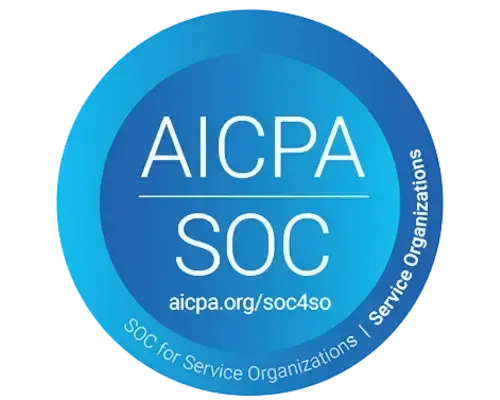New Year; New Hires: Watch Out for Improper Form I-9 Verification Traps
January 8, 2024

The new year is here and while some employers may be laying off workers , others are in the middle of peak hiring season. If your organization is among the many hiring talent this new year, it’s important to understand the Form I-9 verification traps that await your onboarding team.
Avoid These Common Form I-9 Verification Mistakes
Many employers are aware of how administrative errors during the Form I-9 verification process can lead to hefty fines and penalties incurred from a failed I-9 audit. Common employment eligibility verification mistakes often include:
- Inaccurate or missing information on the I-9
- Failure to comply with current Section 2 requirements for remote workers
- Improper storage and retention of I-9s and related documents
- Misuse of E-Verify
- Faulty rehiring and revivification
All the errors above can land an organization in hot water during an I-9 inspection. However, employers should also be concerned with how they verify identification and work authorization documents to avoid unfair hiring practices and discrimination.
Florida Employer Faces DOJ Fines for Form I-9 Non-Compliance
Recently, the Department of Justice (DOJ) announced that it had settled an agreement with a Florida-based employer. The DOJ had claimed that the employer violated the Immigration and Nationality Act (INA) . According to the case, the organization discriminated against an employee while checking whether the employee had ongoing permission to work.
According to
the settlement agreement
, following the complaint, the DOJ found the employer had discriminated against a lawful permanent resident. The employer had rejected valid documents, insisting on unnecessary proof with an expiration date to verify citizenship. Upon failure to comply, the worker was terminated.
Federal law allows workers to choose valid documentation for identity and work authorization, irrespective of citizenship or immigration status. Employers cannot demand excessive or preferred documents. The DOJ, in this case, emphasized the importance of accepting facially valid documents for Form I-9 compliance.
Despite denying intentional discrimination, the employer has agreed to rehire the worker and pay a $7,122 penalty, while taking future steps to ensure fair employment practices. The company is required to train HR staff on anti-discrimination provisions and offer an alternative if their software rejects valid documentation.
The anti-discrimination provision of the Immigration and Nationality Act (INA), as amended, prohibits four types of unlawful conduct:
- Unfair documentary practices
- Citizenship- or immigration-status discrimination in hiring, firing, and recruiting
- National Origin Discrimination in hiring, firing, and recruiting
- Retaliation or intimidation
The Department of Justice’s Civil Rights Division, Immigrant and Employee Rights Section (IER), enforces this law.
“Employers that discriminate against workers by rejecting their valid documents or requiring that they show unnecessary documents to prove they can continue to work violate federal law,” says Assistant Attorney General Kristen Clarke of the DOJ’s Civil Rights Division. “The Justice Department will continue to hold employers accountable for unlawfully discriminating against workers because of citizenship, immigration status or national origin.”
What Documents Are Acceptable for Form I-9 Verification?
As a U.S. employer, you must allow employees to present whatever documentation they choose under the “List of Acceptable Documents” and must not reject valid documentation that reasonably appears to be genuine.
Learn more about acceptable documents in our blog:
Do You Understand the ABCs of I-9 Documentation and Verification?
Although the monetary settlement in this specific case can be considered minimal, the company was required to train its Human Resources staff on the INA’s requirements and provide an alternative way of accepting a worker’s documentation if the company’s software will not accept a worker’s valid documentation.
There are so many Form I-9 legal requirements to stay on top of that it can often become overwhelming. Electronic I-9 compliance solutions can help ease the burden of meeting these requirements by ensuring that you complete each I-9 accurately, on time, and with proper documentation.
Discover how
HRlogics’ Clear I-9
can help you comply with all Form I-9 and E-Verify regulations and
contact us today
.

Learn More About Clear I-9
Contact Us
Thanks for contacting us. We'll get right back to you!
Oops, there was an error sending your message. Please try again later.






